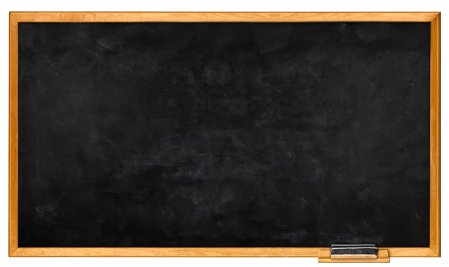A classic Tip of the Week from August 29, 2004, originally republished May 24, 2016
Although the desire to live or work in an uncluttered environment can be a great motivator, the knowledge that you can easily turn your extra stuff into cash doesn't hurt, either. Late summer is a great time to go through your home or office to cull what you no longer need or want and then get rid of it, either by selling it online, selling it at a yard sale, or donating it for a tax deduction.
(I should note here that I'm in no way advocating that you sell items in your office that don't belong to you; when clearing out your office, focus only on those things that you own, not on company property.)
One of the most popular methods of selling online is, of course, eBay. The beauty of eBay is that it allows you to sell almost anything, from clothes to power tools to LPs; the downside is that you need to have a digital camera to post pictures of the items you're selling, and that the selling process can be somewhat involved, depending on the options you choose. Another option is to bring your stuff to a company that will list and sell it for you on eBay for a portion of the profits.
Yard sales are another great way to get rid of stuff and make some money for it. Planning for and running a yard sale takes some work, but consider asking friends and neighbors to pitch in and help; multi-family or neighborhood sales can be a big draw for yard sale patrons, and splitting up the work between several people means no one gets too overwhelmed. There are numerous Web sites offering tips on running a successful yard sale; the Yard Sale Queen is one of them.
Finally, consider donating your unused stuff (as long as it's in fairly good shape) to a charity, school, or other organization that's meaningful to you. Some organizations (such as Goodwill) sell the items they receive, while others (such as homeless shelters, after-school programs, and women's programs) use them directly. Either way, you get the double benefit of knowing that your things are being put to good use and getting a tax deduction for the value of the things you're donating.
There are many ways of making your extra stuff pay for itself; you just need to choose one that works for you to start reaping the benefits.






